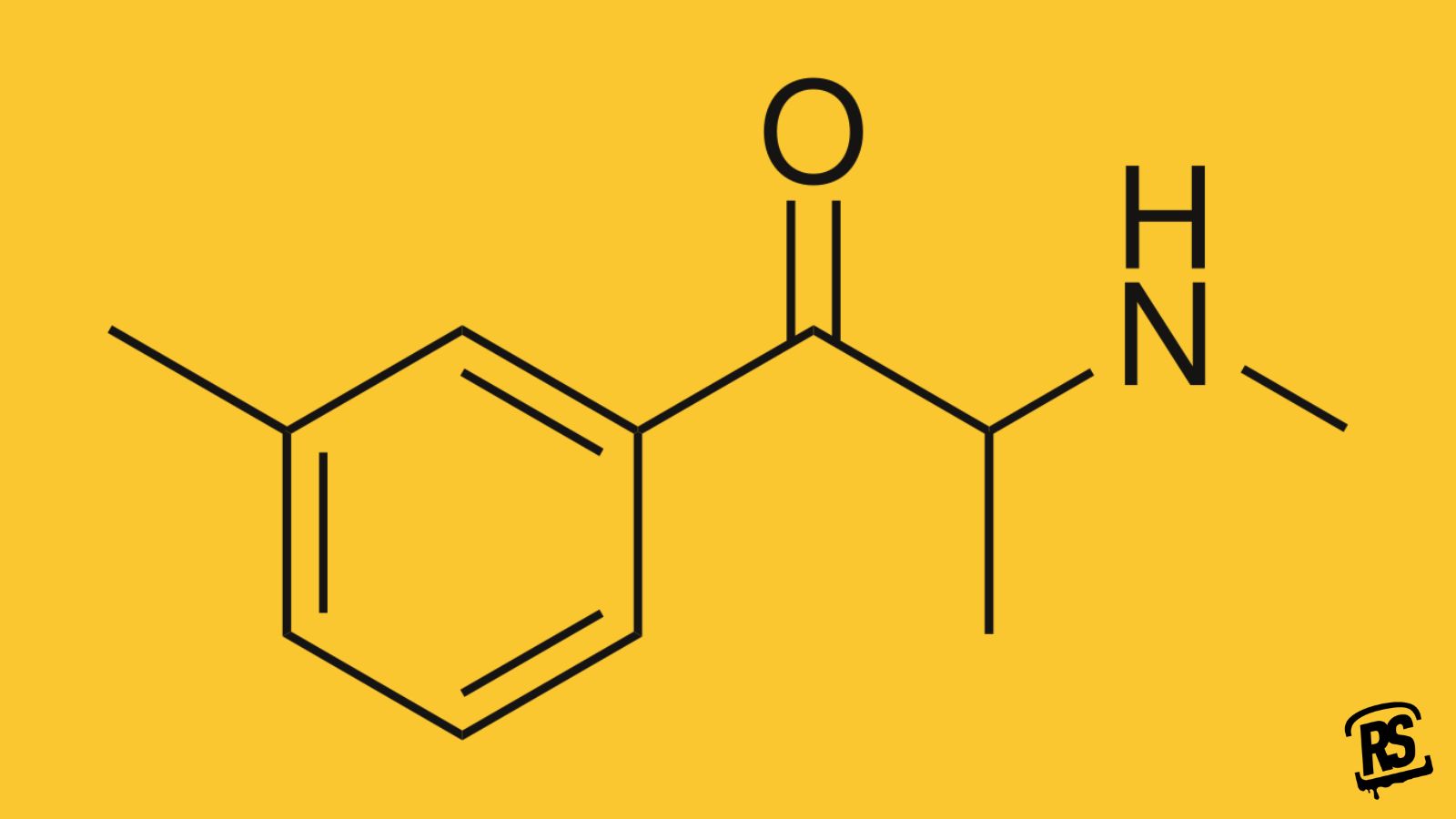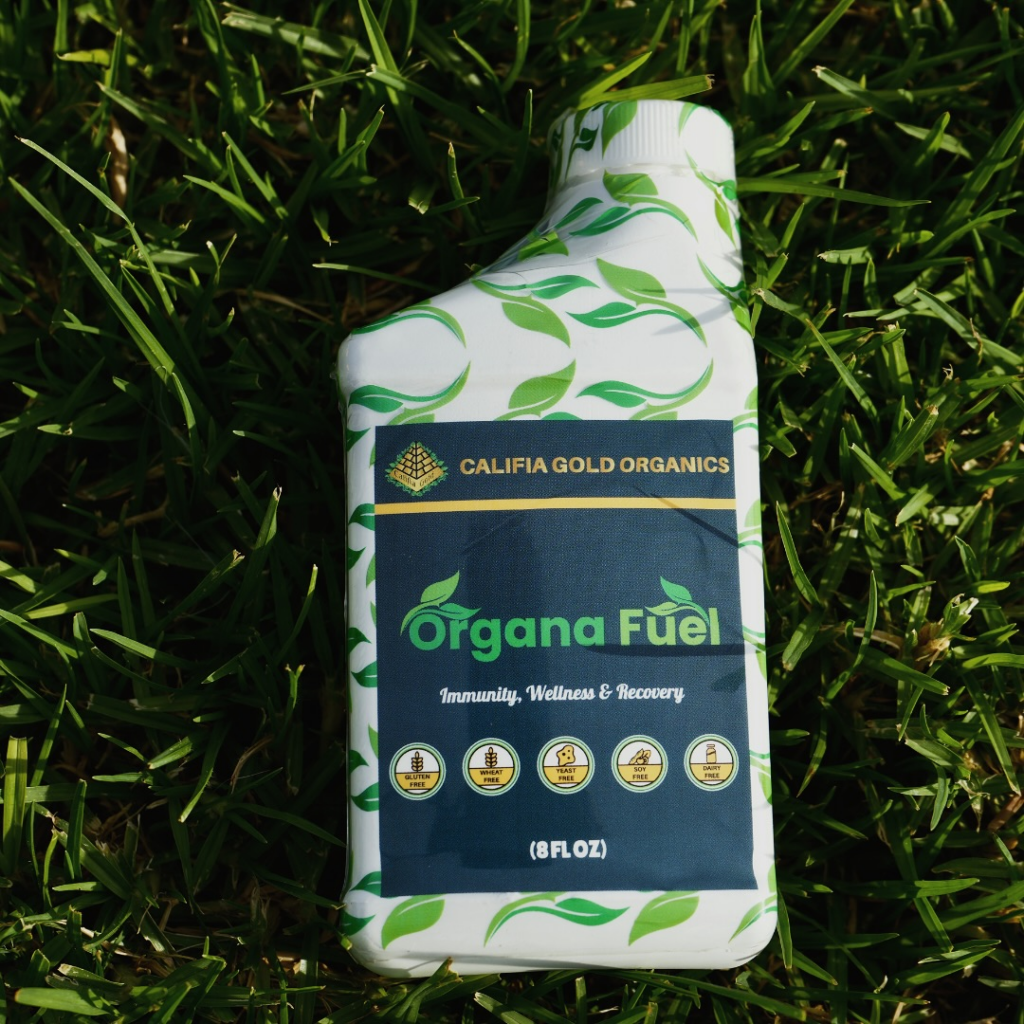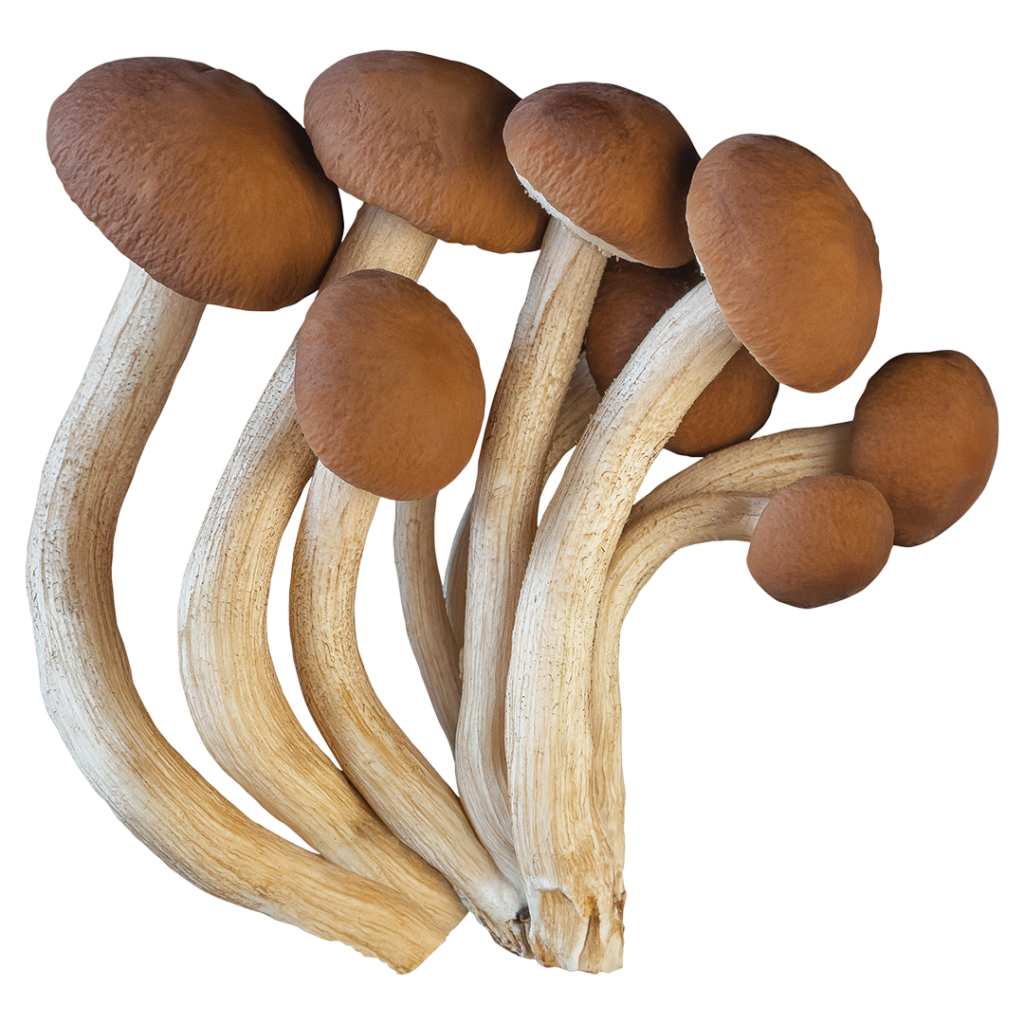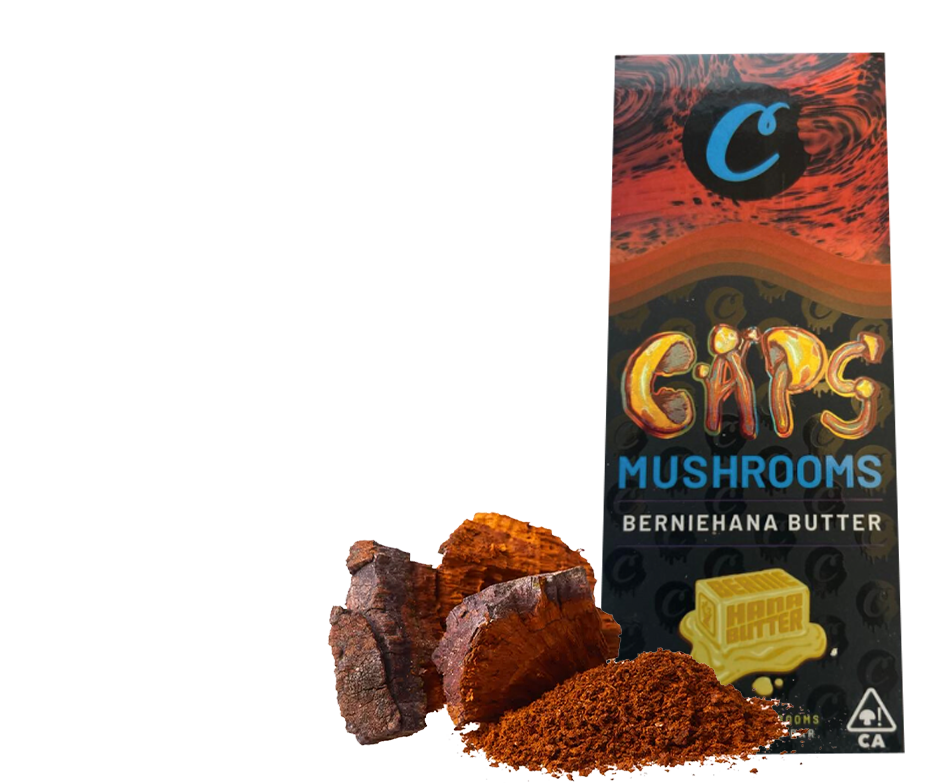3-Methylmethcathinone (3-MMC) is a synthetic stimulant in the cathinone family, chemically similar to mephedrone (4-MMC). Known for its euphoric, stimulating, and mildly empathogenic properties, it has gained traction among individuals seeking enhanced sociability, energy, and cognitive stimulation.
Although not classified as a traditional psychedelic, 3-MMC has become part of modern consciousness exploration, particularly in social and creative settings. However, scientific research on 3-MMC remains limited, and much of what we know is based on anecdotal reports and chemical comparisons to related substances.
In this guide, we’ll cover:
- The history and development of 3-MMC
- Its mechanism of action and how it interacts with brain chemistry
- Effects, risks, and harm reduction strategies
- How it compares to other stimulants and entactogens
- Its role in modern consciousness exploration
By the end of this guide, you’ll have a balanced, research-backed understanding of 3-MMC, empowering you to approach the topic with awareness and responsibility.

The History of 3-MMC: From Underground to Mainstream
3-MMC first emerged in the late 2000s, developed as a structural analog of mephedrone (4-MMC).
- Mephedrone had gained immense popularity as a legal stimulant, often compared to MDMA and amphetamines due to its euphoric and empathogenic effects.
- However, due to concerns over neurotoxicity, compulsive use, and fatalities, governments worldwide banned mephedrone in the early 2010s.
- In response, underground chemists synthesized alternatives with similar effects—one of the most notable being 3-MMC, marketed as a “less intense” and “functional” alternative.
While structurally similar to mephedrone, scientific research on 3-MMC’s pharmacology remains scarce. Most of what is known comes from user reports, chemical analog comparisons, and limited laboratory data.
Legal Status: A Global Patchwork of Regulations
The legal status of 3-MMC varies widely across different countries, reflecting the challenges of regulating synthetic cathinones.
- European Union → Some EU countries (Sweden, Germany, the Netherlands) have explicitly banned 3-MMC, while others classify it under broader synthetic cathinone restrictions.
- United Kingdom → 3-MMC falls under the 2016 Psychoactive Substances Act, making its sale and distribution illegal.
- United States → The DEA has not federally scheduled 3-MMC, but analogue drug laws may still apply, making possession a potential legal risk.
- Australia & Canada → 3-MMC is illegal under synthetic cathinone bans.
- Asia & South America → Many countries have unclear or evolving policies regarding 3-MMC, making its availability unpredictable.
Due to rapid changes in drug policy, anyone considering research or possession should verify local laws to avoid legal consequences.

How 3-MMC Works: Neurochemical Impact & Mechanism of Action
3-MMC is believed to function as a dopamine-norepinephrine-serotonin reuptake inhibitor (DNRI), similar to other cathinones. However, scientific studies on its exact binding affinities and metabolism are limited.
The Role of Key Neurotransmitters
- Dopamine (Reward & Motivation)
- Increased dopamine levels contribute to pleasure, motivation, and reinforcement of behavior.
- This reinforcement effect can make stimulants highly rewarding, but also potentially habit-forming.
- Norepinephrine (Energy & Alertness)
- Higher norepinephrine levels result in increased heart rate, heightened energy, and greater focus.
- Users report enhanced physical stamina, mental clarity, and reduced fatigue.
- Serotonin (Mood & Social Connection)
- Elevated serotonin levels promote mood enhancement, emotional bonding, and reduced social anxiety.
- Some users compare the empathogenic effects of 3-MMC to MDMA, though generally less intense.
Because formal clinical studies and research on 3-MMC’s exact effects are limited, it’s important to interpret anecdotal user reports with caution.
Effects & Risks: What to Expect from 3-MMC
For those preparing to experiment with 3-MMC, be sure you understand the effects and more importantly—the risks—that come from this substance.
Positive Effects: Commonly Reported Benefits
- Euphoria & Mood Enhancement → Users describe a warm, optimistic emotional state, making social interactions feel effortless.
- Increased Sociability & Empathy → 3-MMC can promote verbal fluency, openness, and emotional connection.
- Heightened Energy & Focus → Users report mental clarity, enhanced motivation, and reduced fatigue, making it appealing for creative and social settings.
- Enhanced Sensory Perception → Some describe increased appreciation for music, textures, and visual stimulation.
Potential Risks & Side Effects
- Cardiovascular Stress → Increased heart rate, blood pressure, and body temperature can be dangerous, especially for those with pre-existing conditions.
- Compulsive Redosing & Dependency Potential → Some users report a “moreish” effect, leading to repeated dosing and stronger comedowns.
- Serotonin & Dopamine Depletion → Overuse may result in low mood, emotional fatigue, and cognitive fog for several days.
- Neurotoxicity & Long-Term Effects Uncertain → Unlike MDMA and mephedrone, there are no definitive studies confirming or disproving 3-MMC’s neurotoxic potential.
Harm Reduction: Safer Practices for Responsible Use
- Test Your Substance → Use reagent test kits to confirm purity and avoid adulterants.
- Start with a Low Dose → Individual reactions vary, so begin cautiously.
- Avoid Mixing with Other Stimulants or Depressants → Combining 3-MMC with alcohol, MDMA, or amphetamines increases health risks.
- Hydrate, But Don’t Overhydrate → Electrolyte balance is essential for safety.
- Limit Frequency of Use → To reduce potential neurotoxicity and dependency risk, avoid frequent or back-to-back sessions.
Final Thoughts: The Future of 3-MMC & Conscious Exploration
3-MMC exists at the intersection of stimulant use and empathogenic exploration, offering an energizing yet socially engaging experience. While its functional, euphoric effects appeal to some, its legal status, potential health risks, and lack of long-term research make responsible exploration crucial.
At Reality Sandwich, we encourage open conversations, ongoing education, and harm reduction. Whether you’re curious about its effects, exploring modern consciousness practices, or advocating for safer substance use, we invite you to share insights and questions in the pursuit of a well-informed community.















